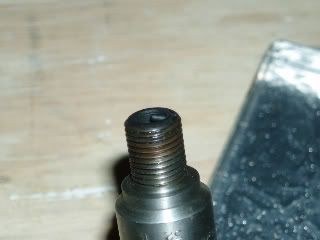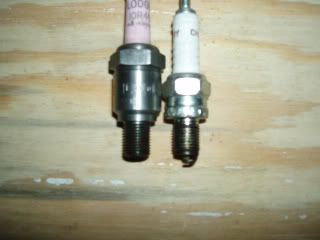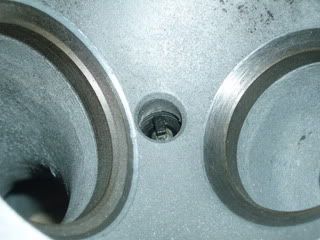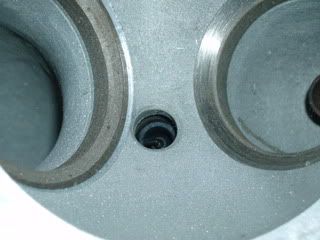16
Ace, Aceca & Greyhound Forum / Racing Windscreen
« on: May 19, 2010, 03:19:54 »
Antoine,
Yes, please send the pictures. My email address is peter_stanwicks@att.net
I know what you mean about posting pictures. I've been meaning to post some pictures of the vintage Bristol racing intakes but can't bring myself to go through the whole process. There must be some technical or security reason for this method.
Thank you very much for the help
Peter Stanwicks
Yes, please send the pictures. My email address is peter_stanwicks@att.net
I know what you mean about posting pictures. I've been meaning to post some pictures of the vintage Bristol racing intakes but can't bring myself to go through the whole process. There must be some technical or security reason for this method.
Thank you very much for the help
Peter Stanwicks





